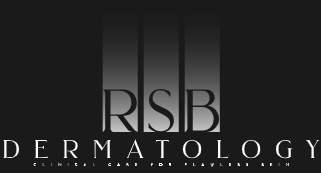The Halo laser is a combination system that has has two different lasers that do different things. It has a non-ablative laser component that heats narrow deep columns of skin without removing skin, and an ablative laser that destroys the top layer of the skin. It has two wavelengths: 1470 nanometers (nm) and 2940 nm:
- 1470 nm: A non-ablative wavelength that heats collagen in the dermis, the deeper layer of skin. It can reduce fine lines and the appearance of acne scars.
- 2940 nm: An ablative wavelength that removes the top layer of skin, called the epidermis. It can even out skin tones.
The Halo laser is a hybrid fractional laser, which means it treats a fraction of the skin at a time. The laser beam is split into microscopic columns, and the two wavelengths are delivered simultaneously. This allows for a customized treatment that can be optimized for your skin type and goals.
The Halo laser can be used to treat the face, neck, hands, arms, chest, or legs. It can help with skin conditions like acne scarring, sun damage, and remodeling scars.
Is this the best treatment?
In short, I am usually not a fan of combination machines because things change. This particular device incorporates the benefits of non-ablative resurfacing with the more gentle ablative resurfacing of a Er:YAG laser. So yes it is a good option for many who are looking to even out skin tones and reduce fine lines or acne scars with little downtime. Is it the best for wrinkles? No. Is it the most cost effective? Probably not. But it work well in the right patient.
In summary, this is a package deal type of machine. This laser incorporates non-ablative resurfacing with the gentle Erbium YAG ablative resurfacing in one machine. One does not need the HALO laser to do this as non-ablative lasers are fairly common as is the Er:YAG, just not in one device. As with everything, one device or treatment is not best for everyone. With this device, multiple treatments are usually needed and results can be good in the right patient.
